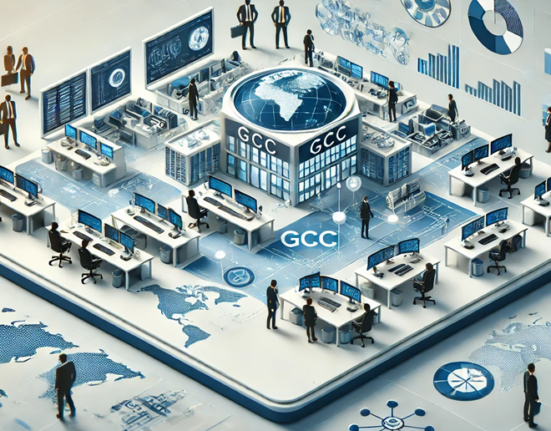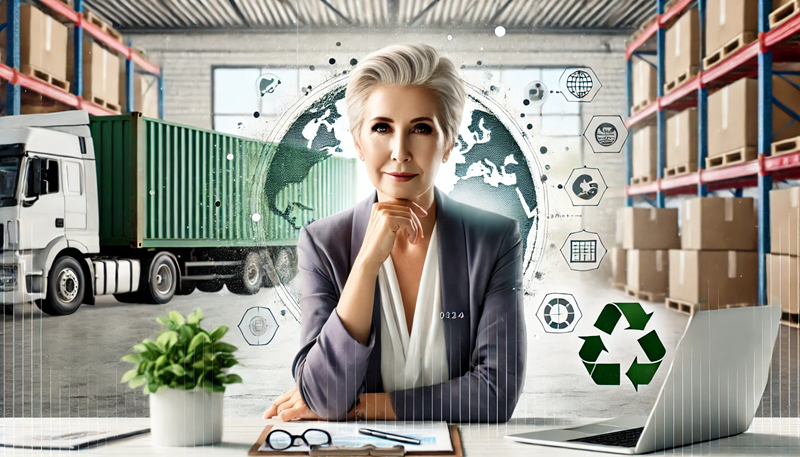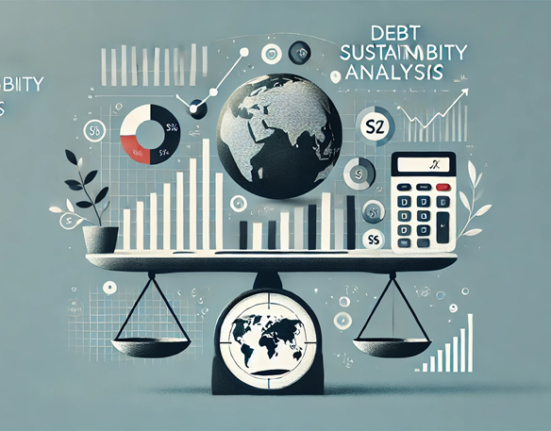The global shift towards sustainability is reshaping supply chain management across industries. Companies are increasingly focusing on reducing their environmental impact while fostering ethical practices. From green procurement to renewable energy adoption, the supply chain is becoming a key area for sustainable transformation. This blog explores the strategies leading companies are implementing and their implications for a greener future.
Understanding Sustainability in Supply Chains
Sustainability in supply chains refers to integrating eco-friendly and ethical practices throughout the entire lifecycle of a product—from sourcing raw materials to delivering the final product to consumers. This approach aims to minimize environmental harm, reduce waste, and promote social responsibility. As consumers demand greater transparency and accountability, businesses are prioritizing sustainable supply chains to stay competitive and relevant.
1. Green Procurement: Sourcing Responsibly
Companies are adopting green procurement policies to source raw materials sustainably and ethically. This involves collaborating with suppliers who adhere to environmental and labor standards, ensuring that every component of the supply chain contributes positively to the planet.
For example, brands like Patagonia prioritize sustainably sourced fabrics, while Starbucks works with ethical coffee farms through its C.A.F.E. Practices program.
2. Reducing Carbon Emissions in Transportation
Transportation is a major contributor to a company’s carbon footprint. To address this, businesses are implementing strategies like route optimization, adopting electric vehicles, and using renewable fuels. Many are also exploring partnerships with logistics providers that prioritize sustainability.
For instance, Amazon’s “Shipment Zero” initiative is committed to achieving net-zero carbon emissions for 50% of its shipments by 2030.
3. Embracing Circular Supply Chains
A circular supply chain focuses on recycling, reusing, and refurbishing materials to create a closed-loop system. This reduces waste, conserves resources, and promotes sustainable production.
IKEA is a notable example, with its circular hub initiative encouraging customers to recycle old furniture while using reclaimed materials for new products.
4. Leveraging Technology for Transparency
Technological advancements like blockchain, artificial intelligence (AI), and the Internet of Things (IoT) are helping companies achieve greater transparency and efficiency in their supply chains. These tools enable real-time tracking, compliance verification, and resource optimization.
For example, Walmart uses blockchain to trace the origins of fresh produce, ensuring sustainability and food safety in its supply chain.
5. Sustainable Partnerships with Suppliers
Forming strong partnerships with suppliers committed to sustainability is critical for a green supply chain. Companies are auditing suppliers to ensure adherence to ethical standards and providing support for sustainable practices.
Unilever, for instance, works closely with small-scale farmers to implement sustainable agricultural practices, fostering long-term environmental and economic benefits.
6. Innovative Packaging Solutions
Packaging waste remains a significant environmental challenge. Companies are turning to biodegradable, compostable, and reusable packaging materials to minimize their impact.
Coca-Cola is developing fully plant-based bottles, and Dell has introduced mushroom-based packaging as an eco-friendly alternative to traditional materials.
7. Investing in Renewable Energy for Manufacturing
Manufacturing processes are often energy-intensive. Companies are transitioning to renewable energy sources, such as solar, wind, and hydropower, to reduce emissions and reliance on fossil fuels.
Tesla leads the charge by powering its Gigafactories with renewable energy, demonstrating a scalable model for sustainable manufacturing.
8. Engaging Consumers in Sustainability
Consumers play a vital role in driving sustainability. Businesses are increasingly involving them by promoting eco-friendly products, recycling programs, and educational campaigns.
Adidas’s “Run for the Oceans” initiative raises awareness about ocean plastic pollution while encouraging consumers to adopt sustainable habits.
9. Measuring and Reporting Sustainability Efforts
Transparent reporting is crucial for building trust with stakeholders. Many companies now publish detailed sustainability reports to showcase their progress and address challenges.
Microsoft’s Environmental Sustainability Report, for example, highlights its supply chain initiatives, offering insights into its strategies and future goals.
10. Addressing Challenges in Sustainable Supply Chains
While the benefits are clear, implementing a sustainable supply chain comes with challenges such as high costs, complex logistics, and supplier resistance. Companies are overcoming these hurdles by leveraging technology, forming strategic partnerships, and seeking green financing solutions.
Paving the Way for a Sustainable Future
Sustainability in supply chains is transforming how businesses operate, setting new standards for environmental responsibility and ethical practices. Companies leading this change are not only protecting the planet but also building resilient, future-ready operations. By embracing sustainable supply chain practices, businesses can contribute to a greener, more equitable world.










